Capstone Energy Management
Case Study
Capstone Energy Management
Wyeth Nutrition Ireland achieves EXEED Certification
The Limerick manufacturing site implemented energy-efficient design with support from SEAI.
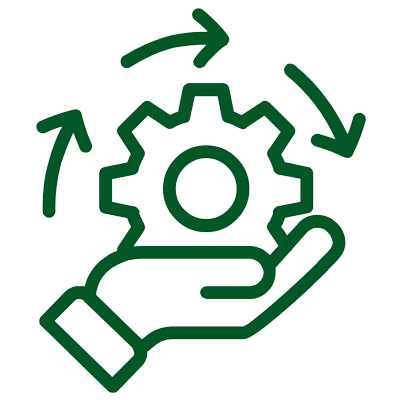
11.38 GWh
energy saved
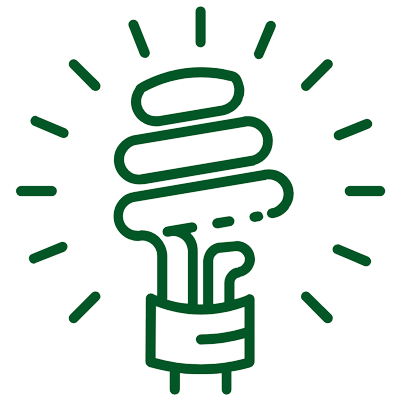
€270,000
annual cost savings
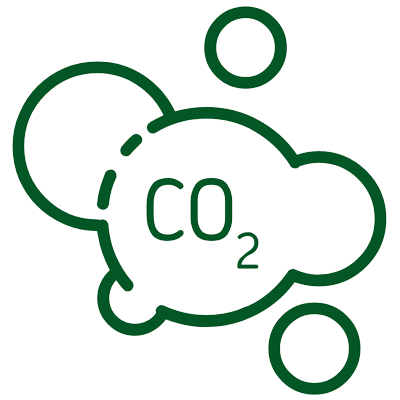
2,028 tonnes
of CO2 saved
EED Expert
Wyeth appointed James Conroy from Capstone Energy as the Energy Efficient Design (EED) expert for this project.
Wyeth Nutrition Ireland, one of the country’s largest manufacturers of infant nutrition powder, operates a County Limerick factory established in 1973 that employs 500 people.
In 2013, Wyeth Nutrition became a division of Nestlé, the world’s largest food and beverage company. In line with Nestlé’s global corporate sustainability targets and Nestlé’s Net Zero Roadmap which lays out every step and tool needed for us to reach global net zero emissions across our entire business, our Limerick site is committed to improving its energy performance and reducing the impact of its activities on the environment. A member of An Bord Bia’s Origin Green since 2014, sustainability is embedded at every step of production on site.
In 2016, Wyeth’s facility achieved ISO50001 certification. Subsequently, the organization pursued certification under SEAI’s Excellence in Energy Efficient Design (EXEED) standard. The Energy Efficient Design (EED) methodology aligns seamlessly with Wyeth’s ISO50001 system, corporate engineering standards, and industry best practices.
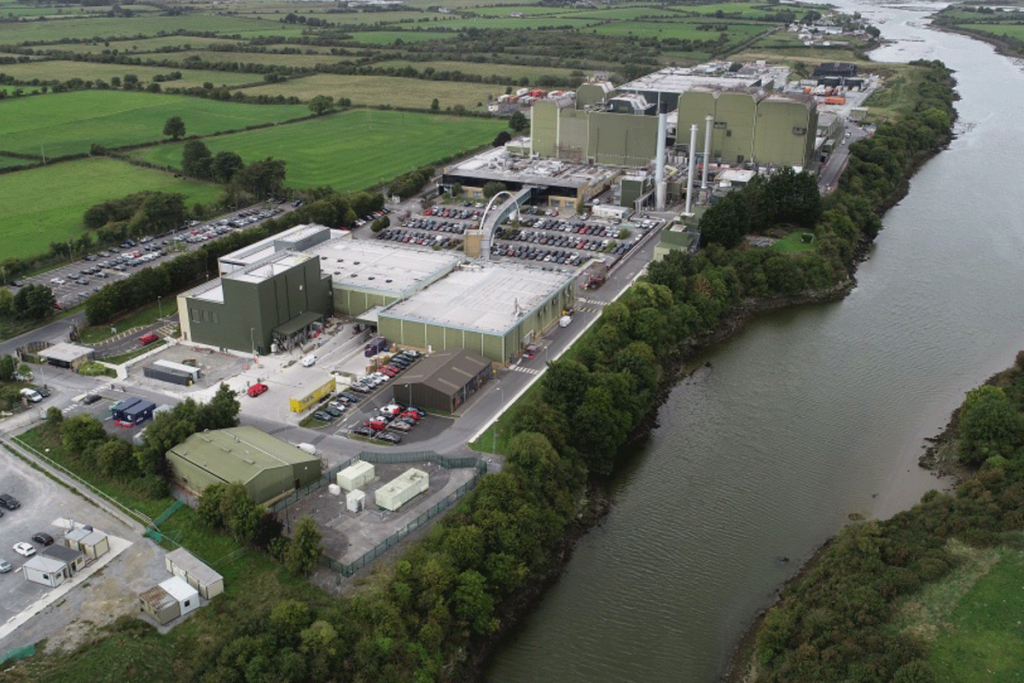

The Project
The Wyeth team collaborated with energy efficiency design experts to conduct an Energy Balance Study at the beginning of the project, identifying major energy uses across the site. The Challenge & Analyse phase uncovered numerous opportunities that previous energy audits had missed, laying the groundwork for a more sustainable design approach.
From 2018 to 2020, Wyeth completed two EXEED-certified projects as part of a multi-year, multi-phase EXEED upgrade to the facility.
Phase 1: Compressed Air Upgrade – This project involved replacing the existing air compressors with more efficient models, including a heat recovery system to preheat boiler make-up water.
Phase 2: Combined Heat and Power (CHP) Economiser Upgrade – This phase involved replacing the existing CHP economiser with a larger one, significantly increasing heat recovery from the CHP flue gases.
The Energy Efficiency Design (EED) process provides a good structure to identify all potential opportunities for improvement and encourages thinking outside the box. The process identified several opportunities for Wyeth, which were not identified through previous standard energy audits.
Ian Ryan, Energy and Utilities Manager, Wyeth Nutrition Ireland
Results
In Phase 1, total primary energy savings reached 5.2 GWh, including both thermal and electrical energy, with a reduction of 766 tonnes in annual CO₂ emissions. The payback period was 4.7 years without grant support and reduced to 3.1 years with it.
Phase 2 achieved 6.2 GWh in thermal energy savings, avoiding 1,262 tonnes of CO₂ emissions. The payback period decreased from 3.4 to 2.1 years with grant assistance.
Together, Phases 1 and 2 delivered annual cost savings of €270,000.
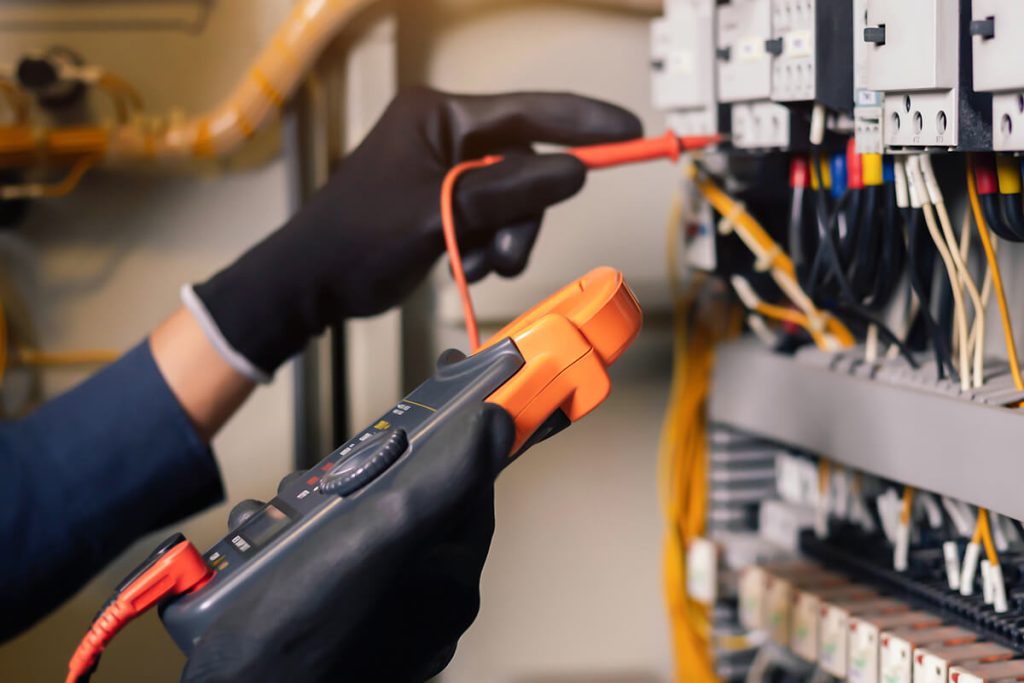
Capstone Energy Management
What's next?
The next anticipated phase is to undertake an EED review of the process starting with the spray dryers.

